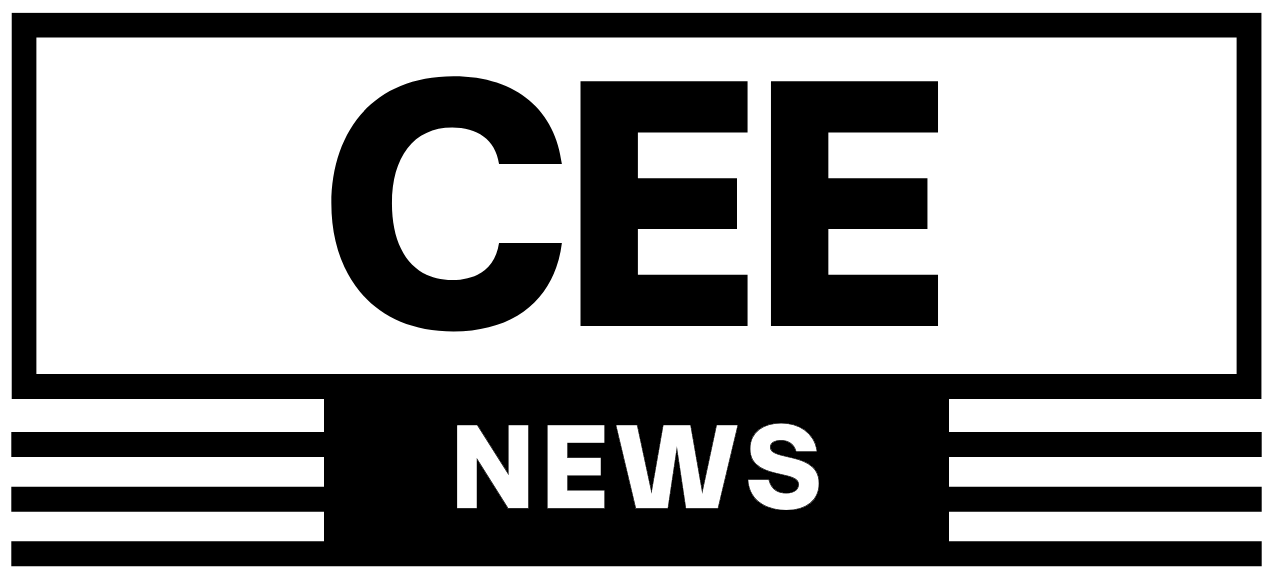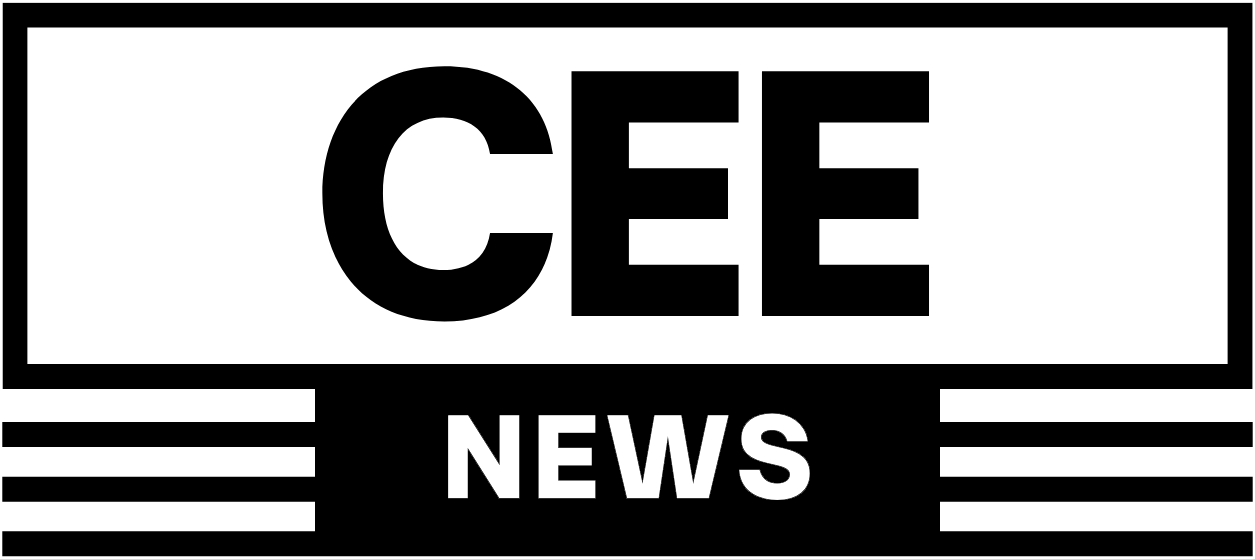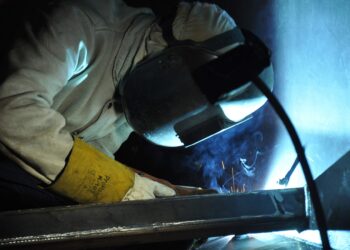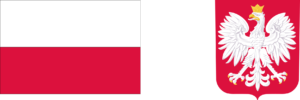Kosovo’s caretaker government has opened a newly built road bridge over the Ibar (Iber) River in Mitrovica, a few meters from the long-disputed main crossing that remains closed to car traffic, triggering an immediate backlash from Belgrade and fresh warnings from Western partners about unilateral moves in the flashpoint city. Acting Prime Minister Albin Kurti announced on Tuesday that “less than two months were needed” to complete what he called Kosovo’s 36th bridge over the Ibar and declared it open to vehicles from 9 a.m., promising that a nearby pedestrian bridge would be finished by the autumn. Local authorities hailed the span as a practical link between South Mitrovica and North Mitrovica; Serbian officials blasted it as a political provocation that upends delicate understandings around Mitrovica’s main bridge and the EU-mediated dialogue with Serbia.
The decision lands amid a long-running dispute over the status of the city’s central bridge, which sits at the heart of Mitrovica’s ethnic divide and has been the subject of repeated EU facilitation efforts. In June, the EU delegation in Pristina oversaw structural tests on that main crossing and urged Pristina to avoid “uncoordinated actions,” stressing that assessments did not imply any change to the status quo while technical and urban studies were still under way. Brussels has since reiterated that any step affecting traffic patterns across the river should be coordinated and reflect the will of local communities on both sides. By opening a brand-new road bridge next to the still-restricted main span, Pristina has effectively tried to solve a mobility problem without waiting for a political green light—an approach that the EU sees as risky in a city where symbolism and security concerns are tightly intertwined.
Kosovo officials framed the opening as ordinary infrastructure, not a geopolitical statement. “There is no need to come here and be provocative… we are here for everyone’s safety,” said Veton Elshani, the deputy director of Kosovo police for the north, calling for calm after local Serb leaders rallied opposition to the two new crossings this summer. For Pristina, the new span is meant to relieve pressure on local traffic and reduce the charged debate around the central bridge by creating alternative routes. Yet the timing—and the location so close to the disputed crossing—ensured the move would echo far beyond city limits.
Belgrade’s reaction was swift and scathing. Petar Petković, the head of the Serbian government’s Office for Kosovo and Metohija, denounced what he called the “unlawful opening of Kurti’s bridge,” branding it a “new escalatory move” that “tramples on dialogue agreements” and “a slap in the face to the EU.” He also suggested the date was chosen to coincide with a visit to Belgrade by EU envoy Peter Sørensen, casting the ribbon-cutting as a deliberate snub to international mediation. Serbian media amplified the criticism, warning that additional crossings will change demographics in the Serb-majority north—an argument Pristina rejects as fear-mongering.
Beyond the political theatre lies a stubborn practical reality: Mitrovica’s divided urban fabric has turned a single piece of infrastructure into a weather vane for the wider, halting normalization process between Kosovo and Serbia. EU officials say their technical work on the main bridge aims to ground any eventual reopening in “up-to-date, accurate and objective” data, but insist that decisions about traffic—and the choreography of any change—must be agreed, not imposed. Until then, every cement pour on the Ibar risks being read less as a road fix than as a referendum on competing sovereignties. Whether the new bridge eases daily life or simply adds another frontline in a crowded dispute will depend on what happens next: if the span becomes an ordinary artery policed with restraint, tensions could ebb; if it becomes a stage for rival rallies and checkpoints, it will harden positions and complicate EU diplomacy in one of the Balkans’ most sensitive squares.






